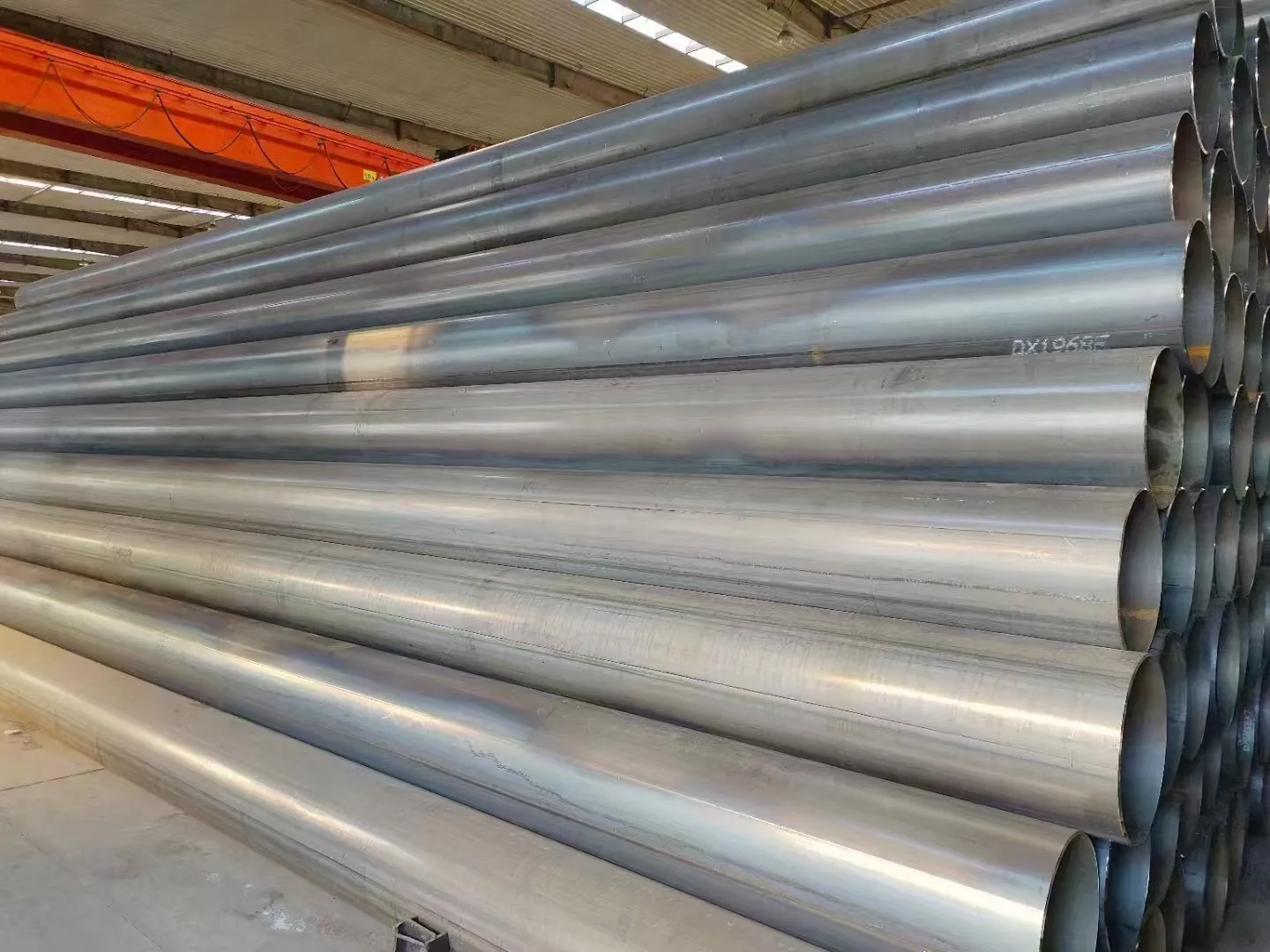-
Cangzhou Yulong Steel Co., Ltd.
-
Phone:
+86 13303177267 -
Email:
admin@ylsteelfittings.com
- English
- Arabic
- Italian
- Spanish
- Portuguese
- German
- kazakh
- Persian
- Greek
- French
- Russian
- Polish
- Thai
- Indonesian
- Vietnamese
- Zulu
- Korean
- Uzbek
- Hindi
- Serbian
- Malay
- Ukrainian
- Gujarati
- Haitian Creole
- hausa
- hawaiian
- Hebrew
- Miao
- Hungarian
- Icelandic
- igbo
- irish
- Japanese
- Javanese
- Kannada
- Khmer
- Rwandese
- Afrikaans
- Albanian
- Amharic
- Armenian
- Azerbaijani
- Basque
- Belarusian
- Bengali
- Bosnian
- Bulgarian
- Catalan
- Cebuano
- China
- China (Taiwan)
- Corsican
- Croatian
- Czech
- Danish
- Esperanto
- Estonian
- Finnish
- Frisian
- Galician
- Georgian
- Kurdish
- Kyrgyz
- Lao
- Latin
- Latvian
- Lithuanian
- Luxembourgish
- Macedonian
- Malgashi
- Malayalam
- Maltese
- Maori
- Marathi
- Mongolian
- Myanmar
- Nepali
- Norwegian
- Norwegian
- Occitan
- Pashto
- Dutch
- Punjabi
- Romanian
- Samoan
- Scottish Gaelic
- Sesotho
- Shona
- Sindhi
- Sinhala
- Slovak
- Slovenian
- Somali
- Sundanese
- Swahili
- Swedish
- Tagalog
- Tajik
- Tamil
- Tatar
- Telugu
- Turkish
- Turkmen
- Urdu
- Uighur
- Welsh
- Bantu
- Yiddish
- Yoruba

Dec . 05, 2024 22:13 Back to list
Understanding ASTM A106 B Specifications for Seamless Carbon Steel Pipes in High-Temperature Applications
Understanding ASTM A106 Grade B Properties, Applications, and Significance
ASTM A106 Grade B is a specification widely recognized in the steel industry, particularly for its application in manufacturing seamless carbon steel pipes meant for high-temperature and high-pressure service. Understanding this specification is crucial for engineers, manufacturers, and buyers, as it plays a significant role in material selection for various applications.
Overview of ASTM A106
ASTM A106, officially known as Standard Specification for Seamless Carbon Steel Pipe for High-Temperature Service, is developed by the ASTM International, a globally recognized leader in the development of voluntary consensus standards. The specification categorizes carbon steel pipes based on their chemical composition, mechanical properties, and manufacturing processes. Grade B is one of three grades defined by this specification, the others being Grade A and Grade C.
Chemical Composition and Mechanical Properties
The heat treatment and chemical composition of ASTM A106 Grade B are fundamental to its performance. The pipe must contain a maximum carbon content of 0.30%, along with specified limits for manganese, phosphorus, sulfur, and silicon. This careful control of elements ensures that the pipe maintains its structural integrity and resistance to high temperatures.
Mechanical properties are gauged through tests that assess yield strength, tensile strength, and elongation. For Grade B, the minimum yield strength is 35,000 psi, while the minimum tensile strength is 60,000 psi. These properties indicate that ASTM A106 Grade B pipes are capable of withstanding high stresses and challenges posed in demanding environments.
Applications
ASTM A106 Grade B pipes are widely utilized across various sectors, but primarily in industries requiring reliable performance under high temperature and pressure. The oil and gas industry is one of the largest consumers of these pipes, where they are employed for processing and transporting oil, gas, and steam. Additionally, they are suitable for thermal power plants, refineries, and petrochemical operations.
astm a 106 b

In construction, ASTM A106 Grade B is frequently used in structural applications where high strength and durability are essential. Moreover, its versatility extends into manufacturing processes, including the fabrication of components such as valves, fittings, and other pressure vessels designed to withstand demanding operational conditions.
Manufacturing Process
The seamless pipe manufacture involves heating a solid round steel billet until it becomes malleable and then piercing it through the center to create a hollow tube. This process is advantageous as it eliminates potential weaknesses associated with welded seams. Once the desired diameter and wall thickness are achieved through further rolling, the pipes undergo stringent quality control inspections, including non-destructive testing to ensure they meet established specifications.
Importance of Quality Assurance
Given the critical applications of ASTM A106 Grade B pipes, quality assurance and testing are of utmost importance. Pipe manufacturers are required to perform various tests, including hydrostatic tests, to confirm the integrity of the pipes at their designated pressure levels. Mechanical tests may also be performed to validate that the pipes meet the specified yield strength and tensile requirements.
Through stringent quality control measures, potential failures during operation can be minimized, ensuring safety and reliability in high-stress environments.
Conclusion
ASTM A106 Grade B is an essential specification in the realm of carbon steel pipes, known for its robust characteristics and versatility. Its properties cater to many demanding applications in diverse industries, affirming its significance as a material standard. Understanding this specification empowers engineers and manufacturers to make informed choices in material selection, contributing to the overall safety and efficiency of processes that rely on high-quality piping systems. The continued use and development of ASTM A106 Grade B highlight the importance of maintaining industry standards that promote superior performance and safety across various engineering disciplines.
Latest news
-
ANSI 150P SS304 SO FLANGE
NewsFeb.14,2025
-
ASTM A333GR6 STEEL PIPE
NewsJan.20,2025
-
ANSI B16.5 WELDING NECK FLANGE
NewsJan.15,2026
-
ANSI B16.5 SLIP-ON FLANGE
NewsApr.19,2024
-
SABS 1123 FLANGE
NewsJan.15,2025
-
DIN86044 PLATE FLANGE
NewsApr.19,2024
-
DIN2527 BLIND FLANGE
NewsApr.12,2024
-
JIS B2311 Butt-Welding Fittings LR/SR 45°/90° /180°Seamless/Weld
NewsApr.23,2024











